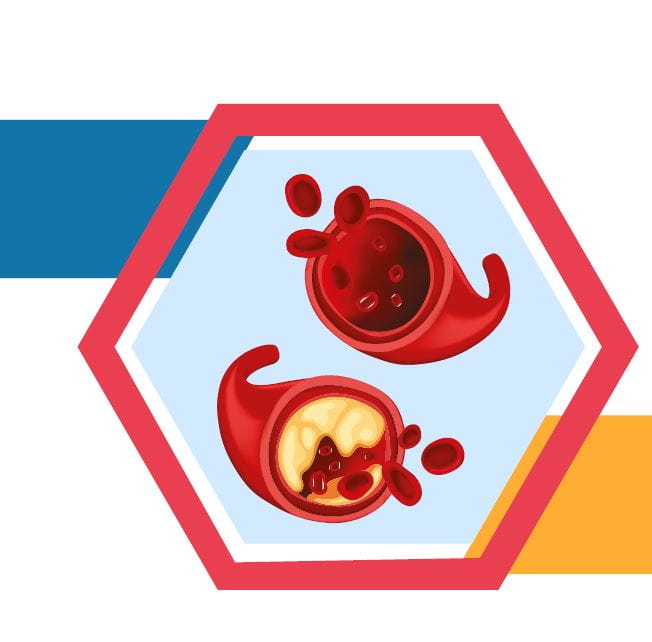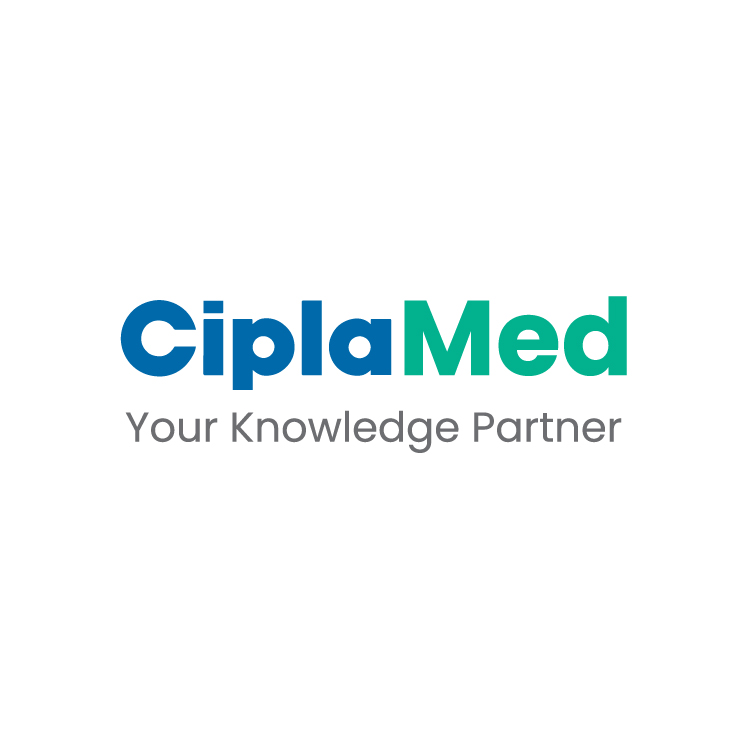ACC 2024: One-month Ticagrelor Monotherapy After PCI In Acute Coronary Syndromes Principal Results from the Double-blind, Placebo-controlled ULTIMATE-DAPT Trial
Dual anti-platelet therapy with aspirin plus a potent purinergic receptor P2Y, G-protein coupled-12 protein (P2Y12) inhibitor for 12 months is currently recommended by international guidelines for most patients presenting with an acute coronary syndrome (ACS) with Percutaneous Coronary Intervention (PCI), who are treated with PCI, to prevent myocardial infarction and stent thrombosis events during follow-up arising either from the treated culprit lesion or from other non-culprit lesions. Limited data exists regarding the use of single anti-platelet therapy with a potent P2Y12 inhibitor starting one month after PCI in ACS, and no such prior trials have been placebo-controlled. A large-scale, international, multi-center, placebo-controlled, double-blind, randomized trial was therefore performed to determine whether the use of ticagrelor alone beginning 30 days after PCI in patients with ACS could reduce clinically relevant bleeding without an accompanying increase in major adverse cardiovascular or cerebrovascular events compared with ticagrelor plus aspirin. Patients presenting with an ACS within 30 days before randomization, either biomarker-positive non- ST-elevation myocardial infarction (STEMI) or STEMI or biomarker-negative unstable angina with a subtotal occluded coronary artery, ruptured plaque, or thrombotic lesion, were enrolled. ULTIMATE- Dual Antiplatelet Therapy (DAPT) was part of a 2/2 integrated randomized clinical trial program, and patients in this trial had been randomized one month before in the intravascular ultrasound (IVUS) -ACS randomized trial of angiography versus IVUS guidance in ACS.
The key exclusion criteria, including previous Coronary Artery Bypass Surgery (CABG), any planned surgery within 12 months, severe chronic renal insufficiency, or need for chronic oral anticoagulation, were displayed on this slide. Two primary endpoints were assessed between one and 12 months after PCI, with one month being the time of randomization. The primary effectiveness endpoint, defined as clinically relevant bleeding adjudicated as Bleeding Academic Research Consortium (BARC) types 2, 3, or 5 bleeding, was powered for superiority testing. The safety endpoint, consisting of composite major adverse cardiac or cerebrovascular events (MACCE), including cardiac death, Myocardial Infarction (MI), ischemic stroke, definite stent thrombosis, or clinically driven Target Vessel Revascularization TVR, was powered for non-inferiority testing. Assuming a 3% rate of clinically relevant bleeding between 1 and 12 months on ticagrelor plus aspirin, randomizing 3,400 patients provided 80% power to demonstrate a reduction with ticagrelor monotherapy. For the safety endpoint, assuming a 6.2% rate of MACCE between 1 and 12 months on dual anti-platelet therapy, more than 80% power was available to demonstrate non-inferiority with a non-inferiority margin of 2.5%.
In the IVUS-ACS randomized trial, patients underwent randomization to receive either IVUS guidance or angiography guidance for PCI. Following successful PCI, patients were maintained on Ticagrelor and aspirin for one month, after which they were randomized again to receive either Ticagrelor plus aspirin or Ticagrelor plus a placebo. Around 40% of patients had unstable angina, with nearly all displaying acute ST segment changes. Approximately half of the remaining patients had non-STEMI, and the rest had STEMI. On average, patients received 1.5 stents, totaling approximately 33 mm long. Dual anti-platelet therapy adherence was consistently high. At one month, all patients were on DAPT, with most continuing ticagrelor monotherapy. The primary effectiveness endpoint, BARC type 2 bleeding, showed a statistically significant reduction from 4.6% with ticagrelor plus aspirin to 2.1% with ticagrelor plus placebo, representing a 55% reduction. Major bleeding was also reduced by approximately 60%, regardless of the adjudication scale used. Between months 1 and 12 of treatment, the primary safety outcome of major adverse cardiovascular and cerebrovascular events (MACCE) showed a minimal difference between patients receiving ticagrelor with aspirin compared to those with placebo (3.7% vs. 3.6%, respectively, with a negligible absolute difference of -0.1%). The upper limit of the 95% confidence interval (1.2%) fell comfortably below the non-inferiority margin of 2.5%, demonstrating clear non-inferiority (p < 0.0001). No significant discrepancies were noted in various ischemic endpoints, including stent thrombosis (five cases each). However, combining ticagrelor with placebo significantly reduced net adverse clinical events by approximately 32% compared to ticagrelor with aspirin (p=0.007). Subgroup analyses showed no notable differences except potentially in relation to age.
The study identified certain limitations. The main efficacy measure included minor bleeding (BARC type 2), which is still clinically relevant, but major bleeding, more strongly linked with mortality, was also notably reduced with ticagrelor alone. Non-inferiority for MACCE was assessed with a 2.5% absolute margin, but unexpectedly low ischemic event rates in the control group widened the relative margin. However, considering similar event rates between groups and the upper confidence limit, the absolute MACCE difference with ticagrelor monotherapy is likely <1.2% compared to ticagrelor plus aspirin in a worst-case scenario. Around 40% of patients had biomarker-negative unstable angina.
In summary, the findings indicate that patients undergoing PCI with contemporary drug-eluting stents for ACS experience a lack of significant adverse ischemic and bleeding events after one month of dual anti-platelet therapy. Transitioning to Ticagrelor monotherapy from 1 to 12 months reduces clinically relevant and major bleeding while maintaining comparable protection against MACCE compared to combining Ticagrelor with aspirin. These results, alongside previous trials, suggest the need for guideline updates and a shift in practice towards initiating one month of DAPT post-PCI, followed by a switch to single anti-platelet therapy with a potent P2Y12 inhibitor, particularly advocating for the use of Ticagrelor based on the strongest available evidence.
Panel Discussion
Over a decade, efforts have been made to understand the best anti-thrombotic regimen for patients, including dual anti-platelet therapy and bivalirudin. Consideration has been given to shortening the duration of therapy. Challenges have arisen due to the evolving nature of treatment options. Questions have been raised regarding the feasibility of shortening therapy duration for all patients, considering factors such as Hemoglobin A1C (HbA1C) levels, Low-Density Lipoprotein (LDL) levels, and smoking cessation within 1 month. The query raised is about the screen failure rate and how many patients in various regions were screened before enrollment. The query was acknowledged with a discussion on the results of the IVUS ACS trial. The trial revealed that 97% of screened patients remained eligible for randomization at 1 month, with 3% of patients dropping out primarily due to ischemic events, bleeding events, or side effects. It suggests that patients who tolerate dual anti-platelet therapy for one month constitute a relatively low-risk group. Aspirin's contribution to preventing stent thrombosis or new plaque ruptures within this group appears minimal, while the P2Y12 inhibitor's role is deemed more significant. However, the choice of anti-platelet agent remains a consideration, with Prasugrel being favoured in European guidelines for the ACS PCI stratum. Further research is needed to determine the optimal duration and agent for anti-platelet therapy, considering minimal increases in major bleeding observed over a year in studies like the Twilight Study.
American College of Cardiology (ACC) Congress 2024, 6th April – 8th April 2024, Atlanta, Georgia, USA




